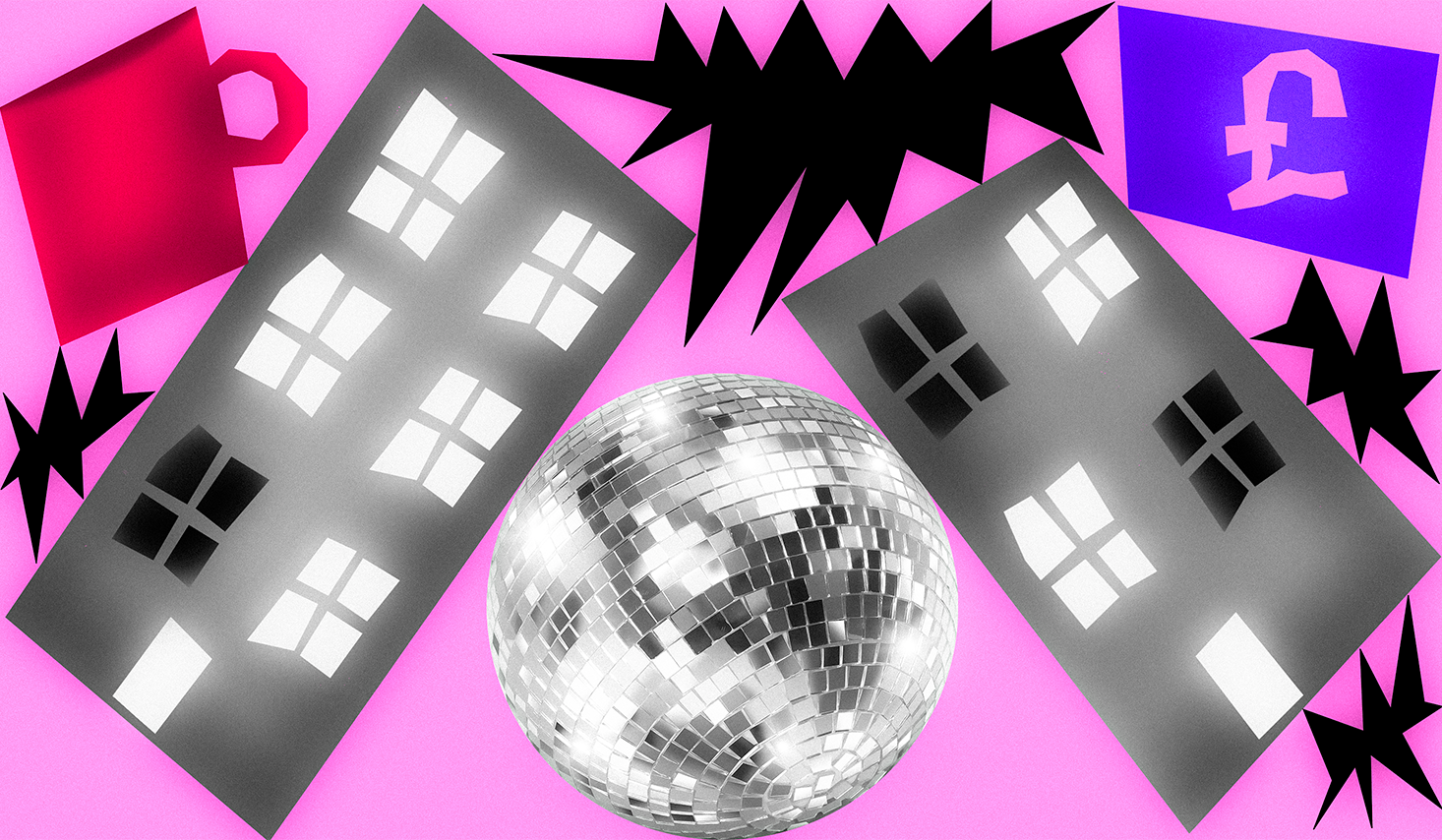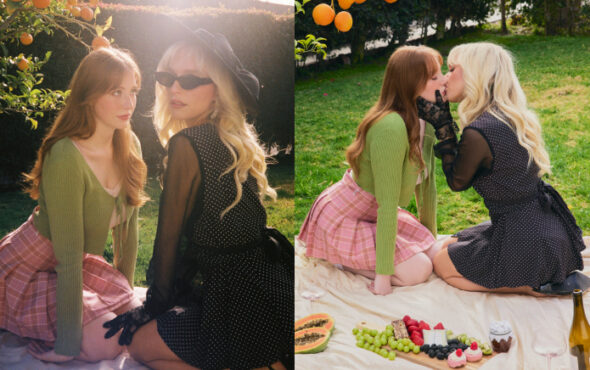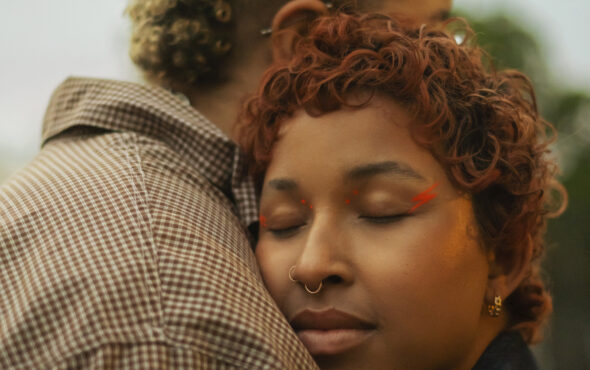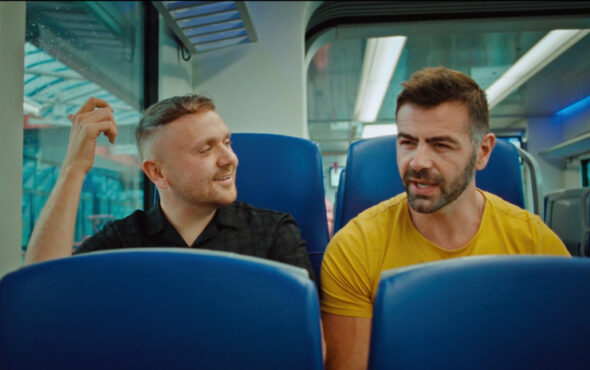
If you grew up in a big city, or if you’ve lived in one for a while, odds are you’ve seen gentrification change the face of at least one neighbourhood. It often starts off innocuously: a looming housing redevelopment to the promise of a fresh block of flats that will transform an area from “rough” to “up-and-coming”.
The shift brings about people who want to buy into the “potential” of an area. Slowly but surely the family-run chippy that’s been on the high street for 50 years turns into a specialty coffee shop. The pub on the corner that’s been run by the same family since the 60s gets bought out by a redeveloper and turned into one that sells craft beer and small plates. New people move in, new businesses start up to suit their needs, and suddenly the transition from sketchy to on the up and up is complete. And with it, the social fabric of an area is completely altered.
But how does this impact those who are already at a disadvantage? Queer venues serve a marginalised community, one that is far smaller than the one served by straight ones. So how do they cope, when their regulars are forced to move because their area is changing?
A report published by University College London back in 2017 showed London’s queer venues were in crisis, with 72 closing between 2006 and 2017, leaving just 53 places in the capital from 125 ten years before. In the years since then the remaining venues faced first the pandemic and now the cost of living crisis, adding to the challenges they were facing before.
The study found queer venues tend to be busy and thriving, but they are forced to close or relocate due to large-scale developments, a lack of safeguarding, rent increases, higher business rates and changes in ownership that can lead to them being turned into straight venues.
Queer venues face multiple problems
While gentrification certainly plays a role in the demise of a lot of venues, it’s only one of the issues facing queer nightlife.
“I’ve seen a lot of queer venues come and go over the past 35 years,” says John Sizzle, co-owner of The Glory, a queer venue in Dalston, east London. “The Joiners Arms, The George and Dragon… They’re very legendary places very much affected by what we call gentrification.”
The Glory itself will be closing its doors on January 31, and reopening as The Divine in a different east London location. But that’s “not a tale of gentrification as such, just one of a building that’s falling apart”, says John. “I think sometimes people label it all gentrification but really there’s several things going on. You need to consider things such as the pandemic, and the cost of living crisis. It’s not always a case of landlords being ruthless or developers being problematic, it’s coming at you from all angles.”
Business rates, the nighttime levy and the levies on alcohol also massively weigh on a bar’s finances, John adds. “There’s all of these extras added to the pub game, which used to be quite simple. Gentrification is only a small part of it. The finance around business are the issue, and the lack of support for marginalised parts of the community such as the LGBTQ+ one.”
“I’ve been in the area for over 30 years so I’ve seen a lot of changes,” says Lyall Hakaraia, co-founder of VFD, an independent QTBIPOC arts venue in east London. “The biggest change was after they built the Olympic Park back in 2012. That’s when I would say the big push for gentrification happened in this area.”
“Because the rents are so high, you only have business popping up for three or four years because they can’t afford to stay,” Hakaraia says. “There was a community because people were here for a long time, and there’s less and less of that now. Venues are flipping every three years because they can’t afford long-term rent.”
“The audiences you’re trying to serve get pushed further and further away from us as a consequence of gentrification,” says Hakaraia. Despite having navigated the Covid hangover, gentrification and the cost of living crisis VFD is currently fundraising for rent after their landlord asked for the payment for the year in advance.
Ultimately, “I can’t say you can lay the blame just on gentrification,” says Hakaraia. “It’s not as simple as that. It’s about wider society, the marginalisation of people and the lack of care, and successive governments who take money away from those who need it most.”
Consumers are also struggling with accessibility
Inflation, gentrification, greedy landlords – these things all trickle down to consumers too. The cost of everything has gone up exponentially over the past year alone. “Things tend to be quite costly, prices are going up now that places have been gentrified but this could also be down to the cost of living crisis,” says Vijay Ladhani, who frequents queer venues throughout London. “This prices people out and these nights used to be accessible to everyone who’s queer but now it can be a barrier to some people.”
“It can make crowds very samey,” agrees Louise Patel, who goes out a lot in the queer London party scene. “I’ve only lived in London for about five years but I feel like a lot queer venues are increasingly full of a very specific type of person, usually white and middle class, which I think is fair to say are usually the ones who can absorb the cost of inflation and gentrification. It’s why it’s important to me to look for queer nights that are also catered to people of colour, and a lot of these will have ‘pay what you can’ options which I think is a good way to counter inaccessibility due to higher prices.”


